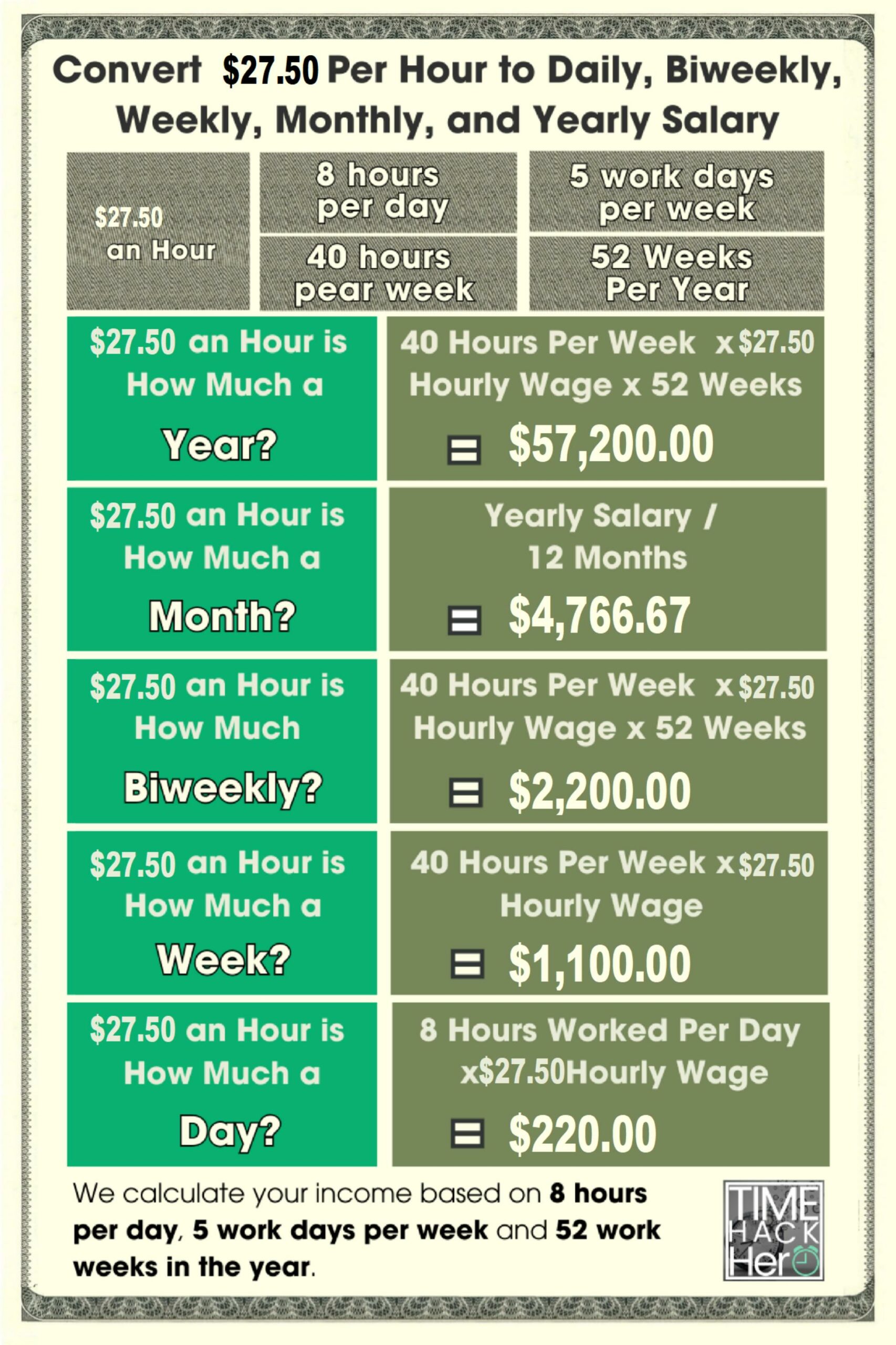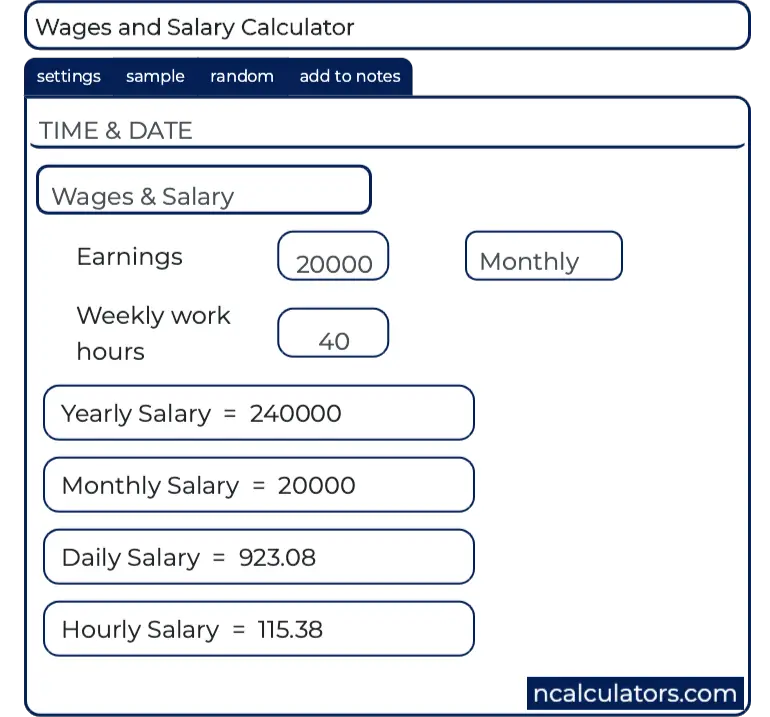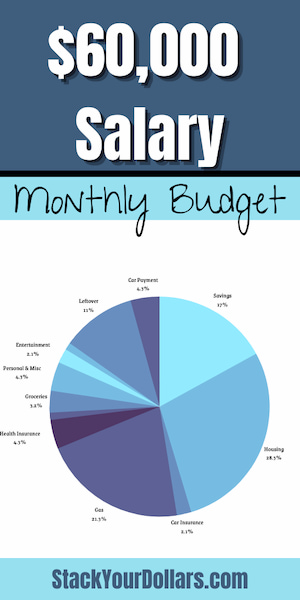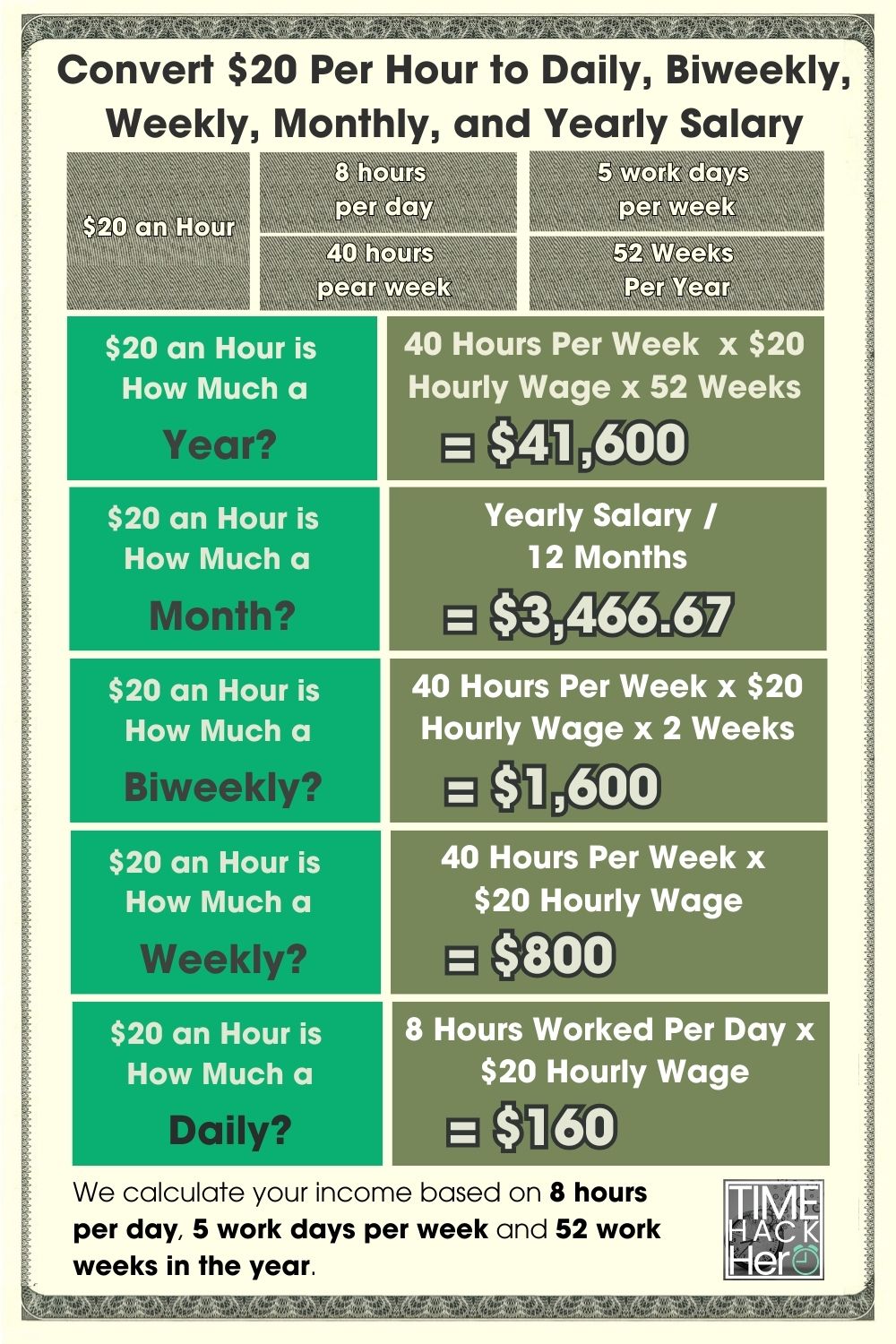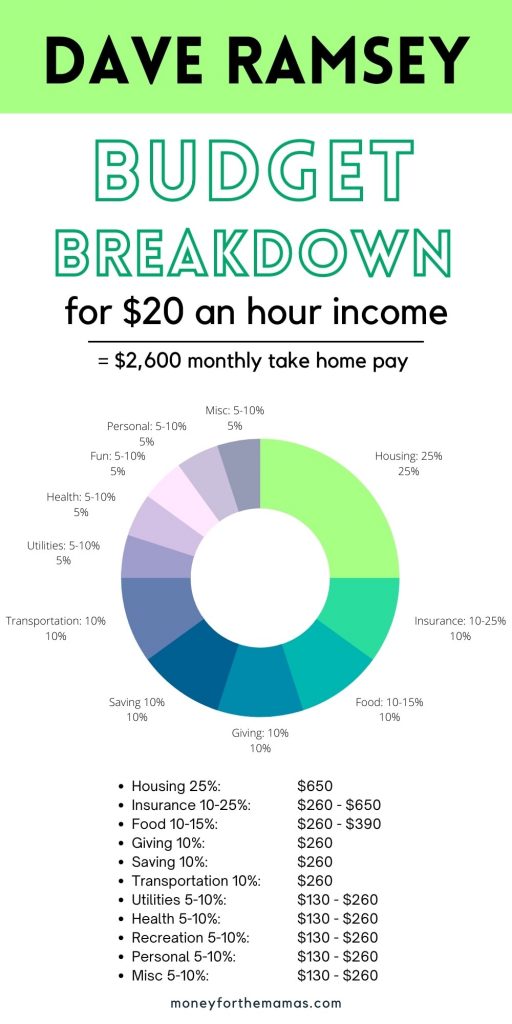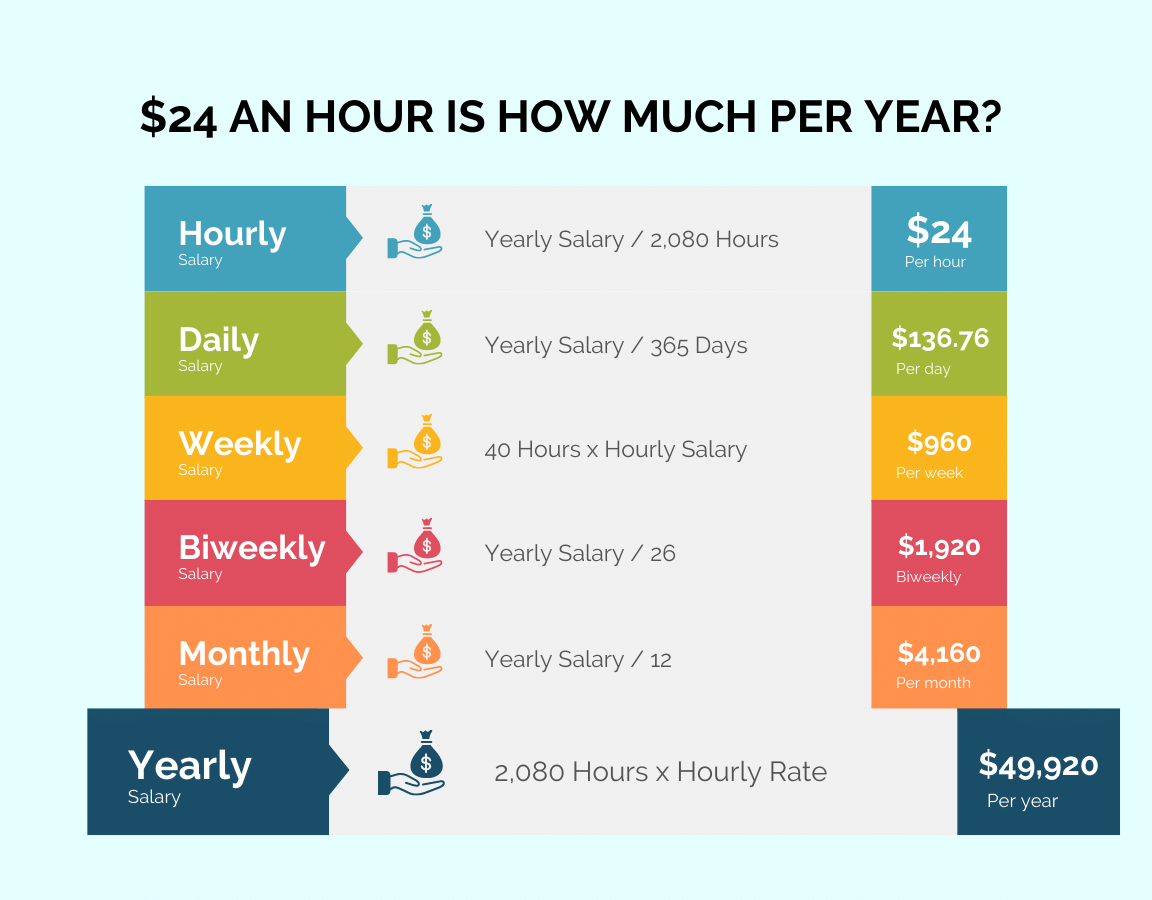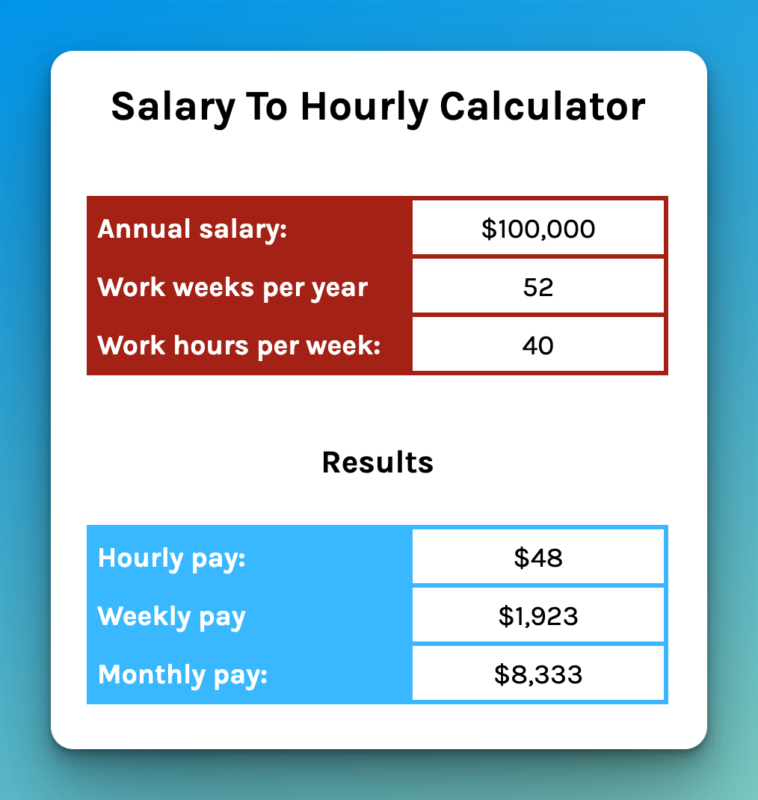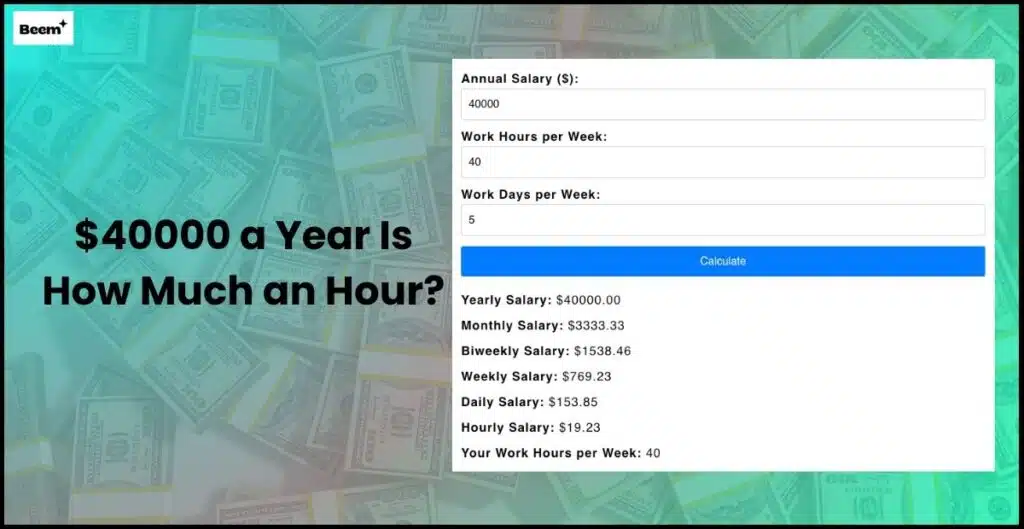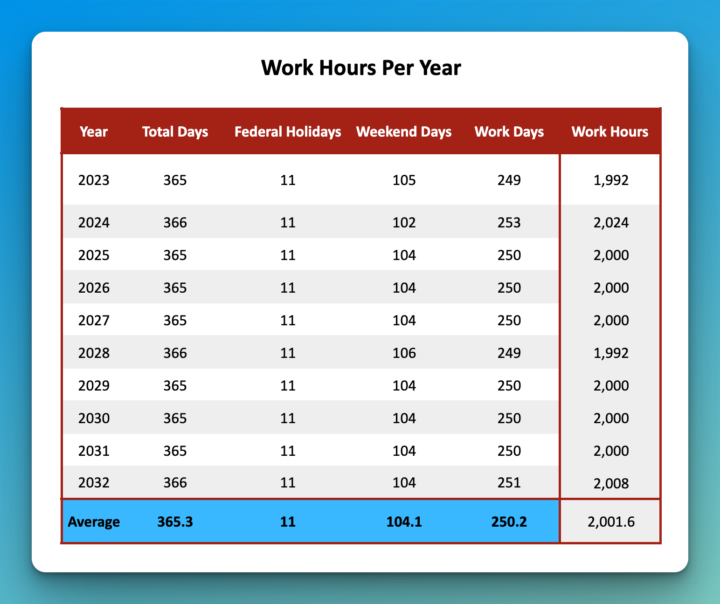2000 A Month Is How Much An Hour

For many, the question of earning a living wage is a daily reality. Understanding how a monthly salary translates to an hourly rate can provide clarity and assist in financial planning. In this article, we will explore what $2,000 a month equates to on an hourly basis.
This conversion is crucial for individuals considering job offers, budgeting, or evaluating their current compensation. It offers a tangible perspective on income and helps compare different payment structures. Furthermore, such calculations are essential for understanding how income aligns with the cost of living in various regions.
Calculating the Hourly Equivalent
The calculation of an hourly wage from a monthly salary depends on several assumptions. The primary assumption is the number of working hours per week. Generally, a full-time job is considered to be 40 hours per week.
First, we need to determine the total number of working hours in a month. This is typically calculated by multiplying the number of working hours per week (40) by the number of weeks in a month (approximately 4.33, or 52 weeks in a year divided by 12 months). Therefore, the total working hours per month are approximately 173.2.
To find the hourly wage, we divide the monthly salary by the total number of working hours in a month. In this case, $2,000 divided by 173.2 hours gives us an hourly wage of approximately $11.55.
$2,000 / 173.2 = $11.55 (approximately)
Factors Affecting the Calculation
The exact hourly rate can vary depending on several factors. One significant factor is the actual number of hours worked per week or month. Some jobs may require more or less than 40 hours per week.
Paid time off (PTO), holidays, and sick leave can also influence the calculation. If an employee receives paid time off, their effective hourly rate may be higher than the calculated $11.55, as they are being compensated for time not worked.
Overtime pay, which is typically 1.5 times the regular hourly rate, also impacts the overall earnings. Working overtime hours can significantly increase the total monthly income and effective hourly rate.
Regional Cost of Living
The significance of $11.55 per hour, or $2,000 per month, varies greatly depending on the geographical location. In areas with a high cost of living, such as major metropolitan cities, this income may be insufficient to cover basic expenses.
According to the MIT Living Wage Calculator, the living wage varies substantially across different states and counties. For example, in some rural areas, $11.55 per hour might be adequate for a single individual, while in cities like New York or San Francisco, it would likely be inadequate.
Data from the Bureau of Labor Statistics shows that minimum wage laws also differ across states. Therefore, $11.55 per hour might be higher than the minimum wage in some states, while lower in others.
Impact on Individuals and Families
Earning $2,000 a month can present significant financial challenges for individuals and families. According to studies on income inequality, many households struggle to meet basic needs with such an income, especially when considering housing, healthcare, and transportation costs.
For single parents or families with multiple children, this income level may necessitate reliance on public assistance programs. It can also limit access to essential resources such as quality childcare, education, and healthcare.
The economic impact of low wages extends beyond the individual level, affecting local communities and the broader economy. It can lead to higher rates of poverty, increased demand for social services, and reduced consumer spending.
A Personal Perspective
Consider the story of Maria, a single mother working two part-time jobs to earn approximately $2,000 a month. She struggles to balance work, childcare, and household responsibilities, often sacrificing her own well-being to provide for her children.
Maria's experience highlights the challenges faced by many individuals earning a similar income. She exemplifies the difficult choices and sacrifices often required to make ends meet on a limited budget.
Her story underscores the importance of understanding the real-world implications of hourly wages and monthly salaries. It reinforces the need for policies and initiatives aimed at improving economic security and promoting fair wages.
Conclusion
Earning $2,000 a month translates to approximately $11.55 per hour, assuming a standard 40-hour work week. However, the real value of this income depends on various factors, including the cost of living in a particular region and individual circumstances.
Understanding the hourly equivalent of a monthly salary is essential for financial planning and career decision-making. It provides a clearer perspective on income and helps individuals evaluate their economic well-being.
Ultimately, the adequacy of $2,000 a month is subjective and contingent on individual needs and circumstances. However, for many, it represents a significant financial challenge, highlighting the ongoing need for policies and initiatives aimed at improving economic opportunities and ensuring a living wage for all.



